AI is not just changing how we tap and swipe. It is reshaping what we pay for the hardware in our pockets. Thinking about a phone upgrade? Timing suddenly matters. This is not the usual blip from a shipping backlog or a holiday rush. It is a reshuffling of global semiconductor priorities that lands right on your bill.
The evidence is piling up: manufacturing companies are openly acknowledging that rising component costs will be passed directly to customers. That kind of candor is rare in an industry that often eats cost hikes to stay competitive. The AI rush is squeezing supply, with memory chip costs climbing as high as 10 percent in the fourth quarter alone.
The jumps span memory types. Memory costs rose about 15-20% in the fourth quarter of 2025, and some older memory types have jumped more than 100% compared to the previous year. Even the giants are resetting price sheets. Samsung told clients that DRAM prices will rise 15% to 30%, while NAND flash prices will increase 5% to 10%.
Why AI is driving up your phone bill
Follow the money, it is flowing to AI infrastructure, not phones. Chipmakers are reassigning capacity to high bandwidth memory for data centers, which leaves fewer parts for consumer devices. Manufacturers are systematically shifting focus toward specialized memory components for AI applications, which tightens supply across the mobile stack.
That diversion shrinks supply and lifts costs for LPDDR4X and NAND, the budget phone staples. Production capacity is being diverted to high-bandwidth memory for AI servers, shrinking supply and increasing costs for LPDDR4X and NAND flash storage. According to Counterpoint Research, most chipmakers are focusing on HBM chips, which inadvertently increases scarcity and demand for memory chips used in budget smartphones.
It has gotten so tight that Micron temporarily suspended DRAM and NAND price quotations to reassess allocations after forecasts indicated shortages. When a major supplier stops quoting, that is not a seasonal wobble, it is a red flag.
Budget phones bear the brunt
Who gets hit first? Budget buyers. Low-end devices operate on razor-thin profit margins, making it impossible to absorb increased component costs internally. Premium brands can juggle prices and promos, but entry models have no cushion.
Consumer habits add pressure. Demand for budget and mid-range devices is declining as users gravitate toward premium models with superior features. Falling volume meets rising input costs, and the segment with the least flexibility gets squeezed.
You can already see it. Xiaomi, long known for value, launched its new Redmi K90 series at 2,599 Yuan ($364) for the base model, representing a 100 Yuan ($14) increase over the previous generation. Context matters. Xiaomi President Lu Weibing said memory chip cost increases far exceeded expectations and warned prices could continue climbing. The company rolled out temporary discounts on popular models, a tell that eating these costs is not sustainable and that sticker prices have only one direction to go.
The AI infrastructure gold rush
Why so persistent? Look at the scale of the AI buildout. Major companies including Alphabet, Amazon, Meta, Microsoft and CoreWeave are projected to invest $400 billion in AI infrastructure this year alone, according to Morgan Stanley. That dwarfs past tech buildouts.
Concentrated demand creates bottlenecks. Memory inventory levels have plummeted to critically low levels, with DRAM supplies dropping to just eight weeks compared to over 30 weeks two years ago. Industry analysis shows that some AI projects are consuming up to 40% of global DRAM output.
Cloud buyers are locking in parts early. High-stack 3D NAND products are nearly sold out, and demand is so intense that Samsung's next-generation V9 NAND is nearly sold out ahead of its expected release in the first half of 2026. When inventory is spoken for more than a year out, the market is out of balance.
What this means for your next upgrade
Relief is not around the corner. Industry experts warn that supply constraints could persist for years, potentially spanning an entire decade. That is tied to physics, factories, and people, not to mood swings.
Adding capacity takes time. Building new fabrication facilities requires several years, and industry sources confirm it takes at least two and a half years to bring new memory factories online under ideal conditions. Real world buildouts face geopolitical tensions in regions critical for rare earth elements and chip manufacturing, plus persistent shortages of skilled engineers and technicians.
Meanwhile, phone makers are following the money. Market research shows revenue is rising more quickly than unit shipments because users are selecting higher memory configurations, multi-camera arrays, and embedded AI engines that command premium prices. The profit pool is shifting upward, where Devices priced above USD 800 now generate a widening share of industry profit, even though they account for a minority of global volume. The trend holds, with the ultra-premium (≥ USD 800) category expanding at 6.2% in 2024 and remaining the fastest-growing value tier through 2030.
The bottom line for consumers
PRO TIP: If you are considering a smartphone upgrade, especially in the budget or mid range category, acting sooner rather than later could save you money. The current pricing environment is a fundamental shift, not a temporary fluctuation, and the timeline for meaningful relief stretches years.
Put simply, several forces are colliding. AI infrastructure investment is generating unprecedented demand for memory components. Supply limits are capping output just as demand peaks. Consumers are drifting toward premium devices with AI capabilities. Most crucially, expanding capacity takes years, not quarters.
For budget conscious shoppers who bank on affordable devices, plan your replacement cycle. The sub 300 dollar market may face noticeable price hikes or fewer compelling options as manufacturers focus on higher margin tiers. When component costs rise faster than brands can absorb them, prices follow.
Premium buyers are in a different spot. High end devices already carry healthy margins, and customers in this segment keep paying for advanced AI features that support premium positioning. As those capabilities mature, the value story strengthens, so brands double down.
This is more than a price bump, it is a restructuring of the smartphone ecosystem in the slipstream of the AI boom. The cost of innovation shows up not just in headline grabbing AI features, but in the basic memory and storage every phone needs. Progress is exciting, just not free, and it now ripples through even the most basic device categories as supply chains realign and resources tilt toward AI infrastructure.









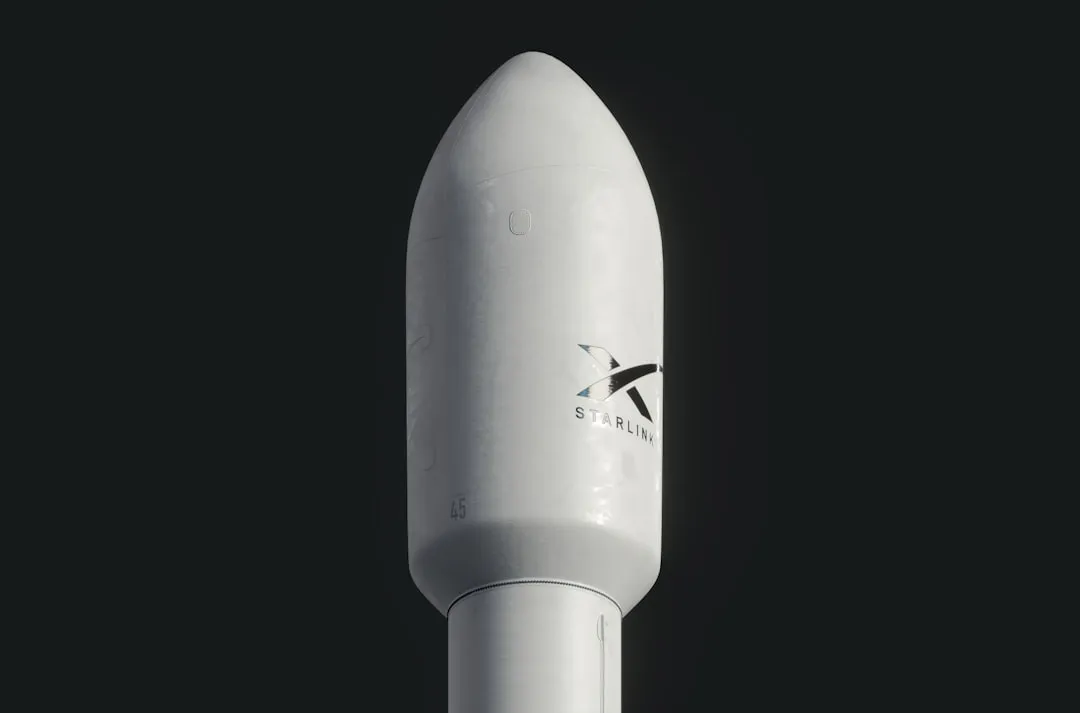


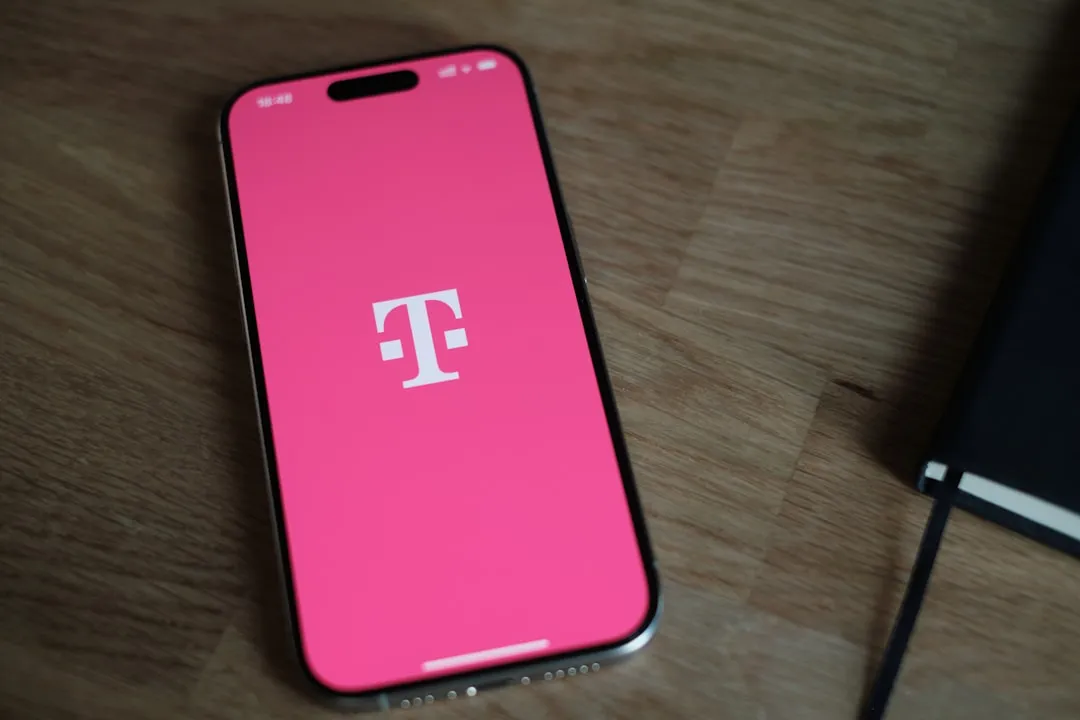

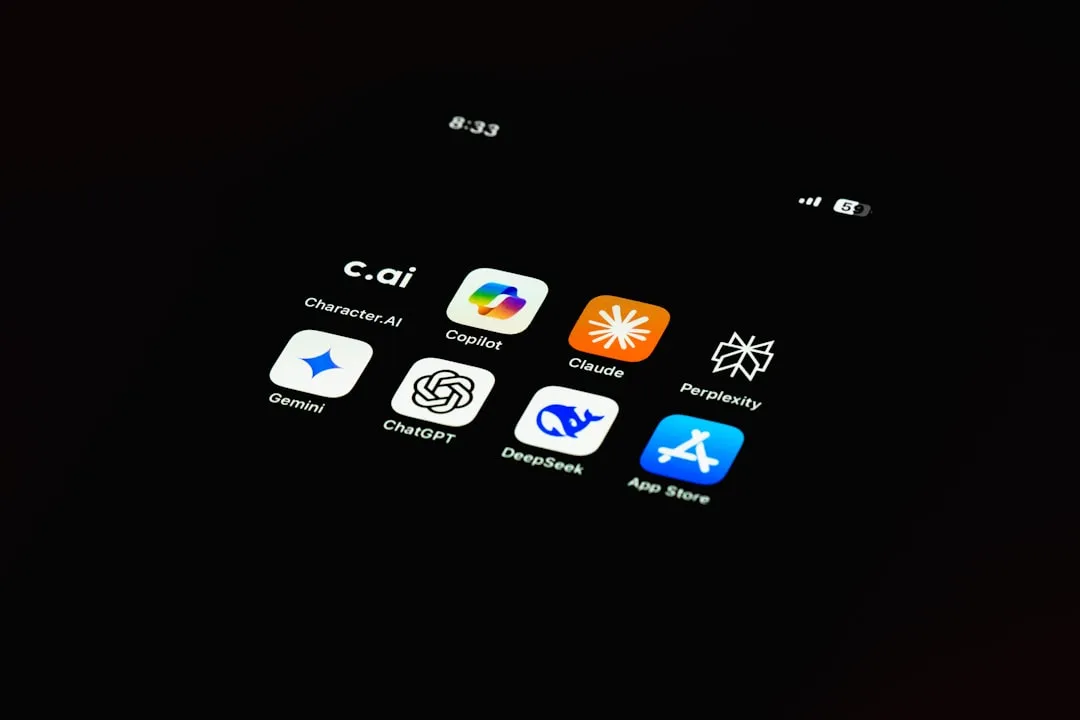



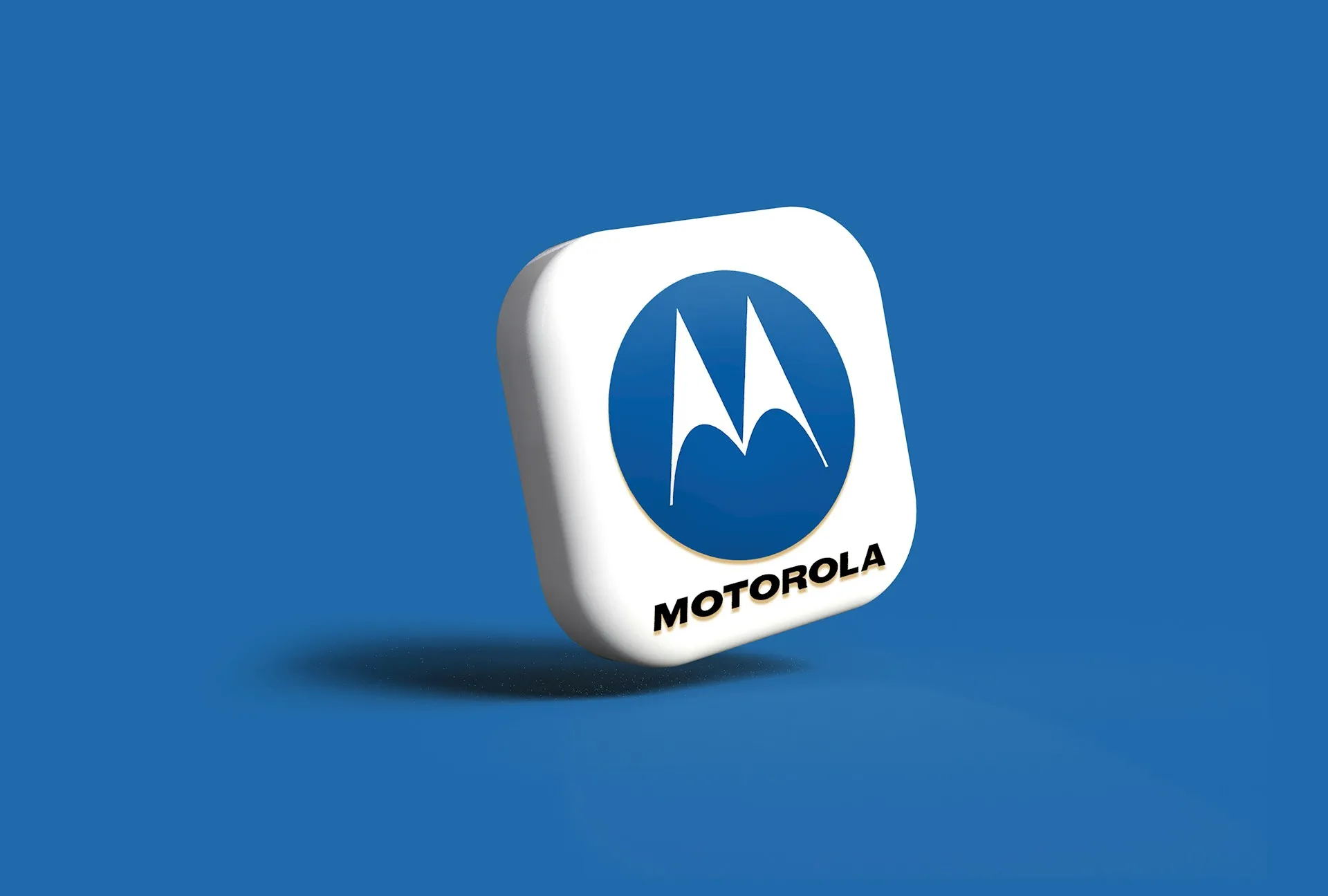
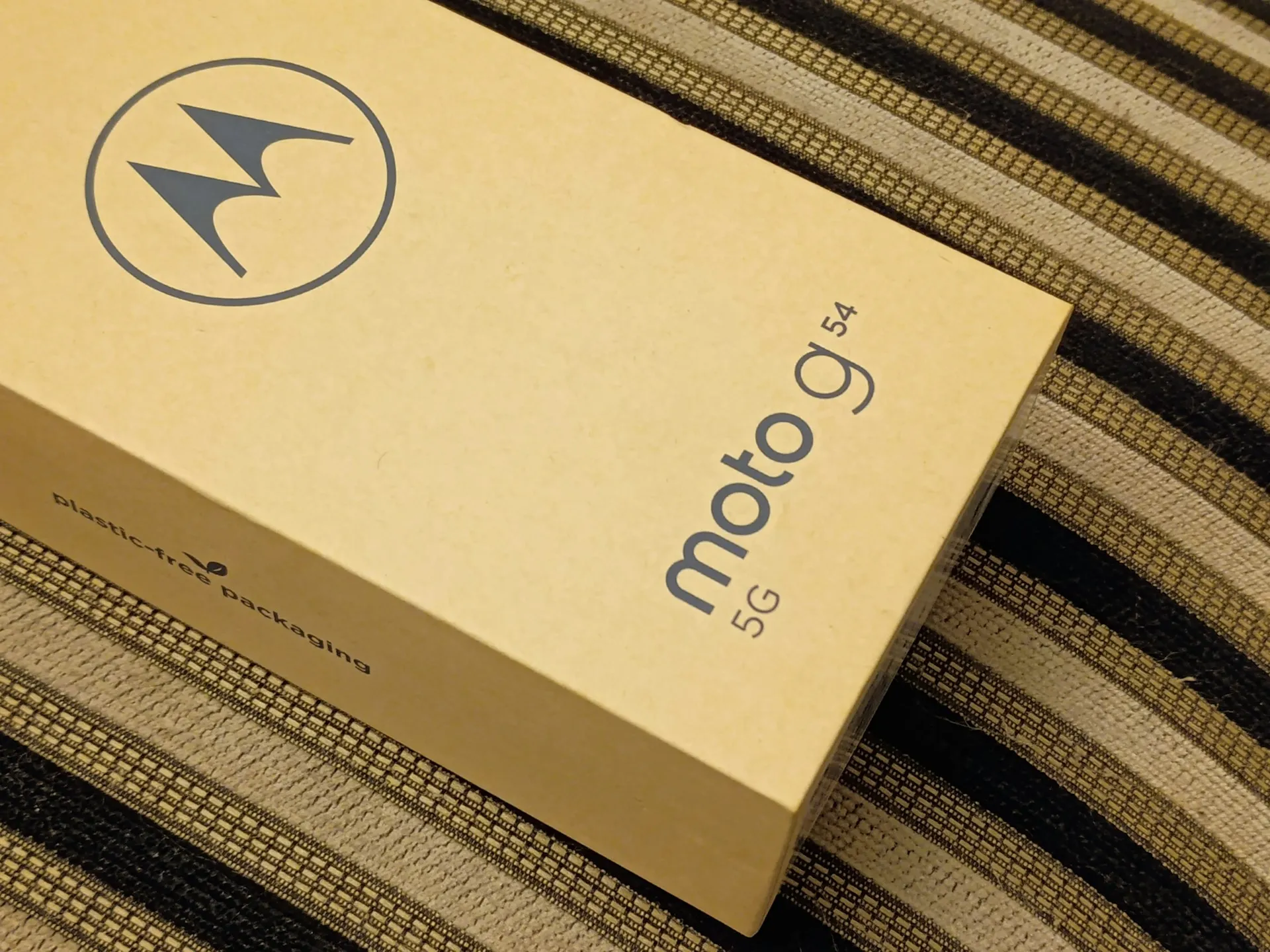

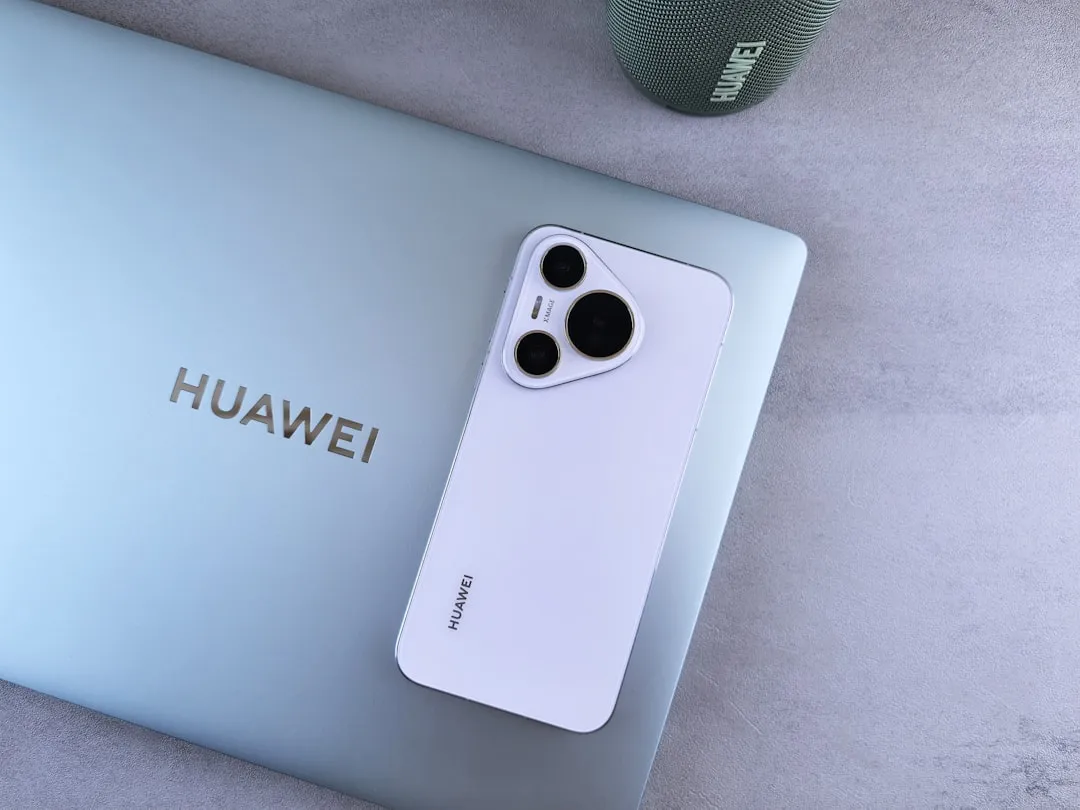

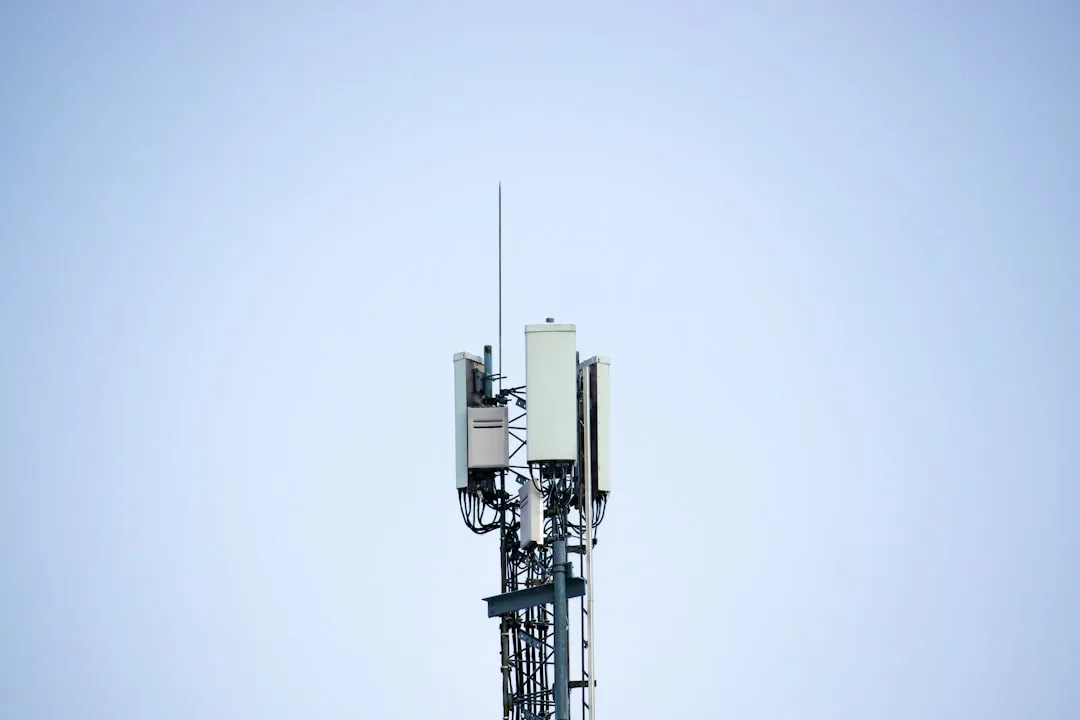

Comments
Be the first, drop a comment!